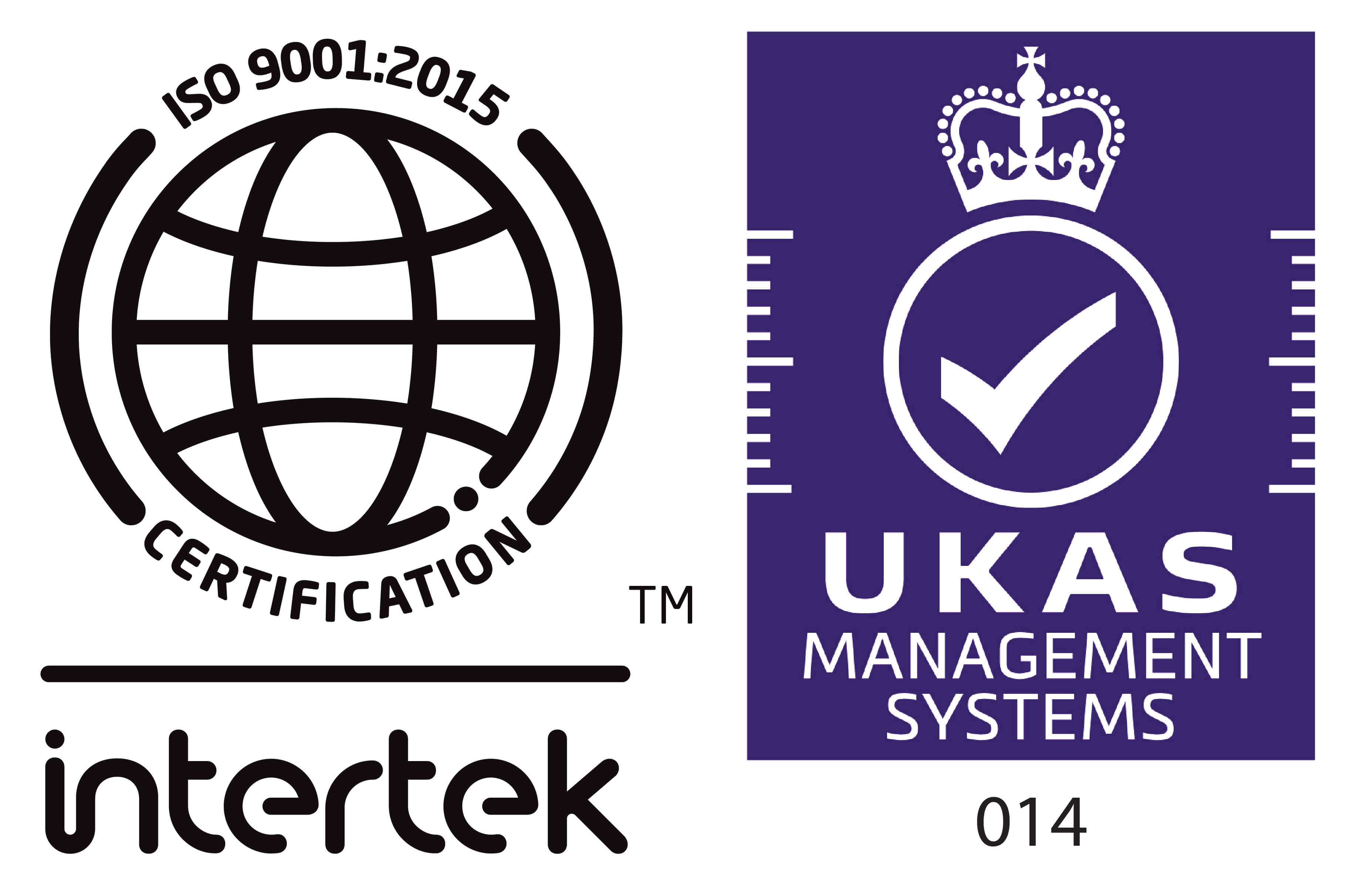Upcoming Fed meet important for gold
Posted on Sep 16, 2019 at 12:00 am
Last week gold was into a wave like movement where it crossed the $1500 mark but was pulled down back to $1497 over optimistic global news.
Gold gained ground during European trading hours on Friday. It then gave up some of those gains early in the U.S. trading session. Gold demand in Europe has been strong in the wake of the ECB’s decision to lower rates and re-launch its sovereign debt-buying program.
Gold prices were range bound on Friday as monetary easing uncertainties by major central banks supported demand while trade talk optimism lifted other assets, curbing gold’s gains.
the gold prices were on a rise in Europe on Mario Draghi’s loosening moves at the ECB, but was not allowed to stay above the $1,500 level it regained there (indeed it rose to above $1,520 at one stage) and was taken down to $1,498 by the market close in the U.S. The fall seems to have been due to renewed optimism on some kind of trade talks agreement with China being on the cards after news from, later denied by, the Trump Administration that the U.S. might go easier on tariffs on Chinese imports.
De-escalation of the tensions between the world’s two largest economies (the United States and China) have led investors to take out money from the safe haven asset gold and move towards risk assets.
U.S. President Donald Trump said on Thursday he preferred a comprehensive trade deal with China but did not rule out the possibility of an interim pact, even as he said an “easy” agreement would not be possible.
US President Donald Trump hinted at the possibility of signing an interim pact with China in the meantime until a comprehensive trade agreement can be worked out. These comments added to the recent optimism in the markets surrounding the trade war, shortly after both sides put off additional tariff hikes on each other’s imports.
Even though there were these positive news that came in from the US, investors still believe that gold prices are here to stay and will be stronger with time as they fear that some sort of global slowdown is yet to come.
Some key indicators are pointing toward an economic slowdown:
- Despite low official unemployment numbers across the board, jobs growth has slowed to its weakest pace since 2011.
- Despite getting a boost from the Trump tax cuts, corporate earnings growth is now decelerating.
- Copper and other economically sensitive industrial metals are showing relative weakness.
- The Treasury yield curve recently inverted.
- As a result of trade disputes between the U.S. and China, manufacturing activity has slumped to a multi-year low.
- GDP itself it’s slowing. U.S. gross domestic product in the in the second quarter came in at 2% growth (down from 3% earlier in the year) – its second worst showing since President Donald Trump took office.
With fears of a global recession growing, analysts are starting to speculate that central bankers will cut interest rates further in the near future. They usually cut interest rates when growth is slowing in a bid to stimulate demand and then increase rates when the economy is growing in an attempt to control inflation.
The problem is, since the financial crisis, central banks have been cutting rates aggressively. But these actions have not stimulated demand as expected. The situation has got so bad that some central banks around the world are imposing negative interest rates, which means consumers have to pay to keep their money in the bank.
The financial world has never before seen such a strange setup, and this is why many analysts are recommending investors buy gold.
With the resumption of trade talks between the U.S. and China not due until next month, and any seriously peace-making outcome uncertain anyway in our view, we suspect that gold will see another boost. U.S. financial data is conflicting, but the feebleness of the global economy may well see the Fed taking vigilant measures, including further rate reductions, to try and insulate the U.S. from a global depression.
News that shook the markets on Monday, was the attack in Saudi Arabia. Reacting to it, Gold prices jumped 1% on Monday as attacks on Saudi Arabia’s oil facilities dented risk appetite, boosting demand for the safe-haven bullion, while investors waited for clues on monetary easing from major central bank meetings due this week.
The gold price does seem to be under pressure to rise and eventually we do see this thrust driving prices upwards. Much may depend in the short term, though, on the outcome of next week’s FOMC meeting, and the interpretation of the various statements from Jerome Powell. Will the Fed lower interest rates again and, if so, are there further likely reductions ahead this year?
The next major wave of move in gold prices will be governed by the outcome of upcoming Fed meet.



